Mama is watching the hole for red ants, chewing on a lump of betel nut. She bends down to try a lift a log, buried upright, deep in the ground. She is 67, worn to the colour of mahogany, and the log, only 17 years her junior, used to be a buffalo’s yoke.
She and Papa worked the rice fields with water buffalo forty years back; half of their old equipment is still scattered around the Thai village farm at Nong Weang.
Their daughter is the only girl surrounded by sons; two older, two younger, and one more boy, lost to the army in his twenties. His photo is framed on the cement wall, next to the obligatory images of the Thai king and queen. Papa named his daughter after their village. Nong laughs as she remembers that he almost gave her up for dead.
“I was always sick as a baby – born, then sick. One time my daddy buried me because I wasn’t moving – then two days and my heart goes, ‘jump!’ And he dig me up!”
Nong went to Bangkok as soon as she was old enough, like many Thai girls, and worked a number of jobs so she could send money home to her family. As a seamstress, as a cook, she met a Canadian man in a temple, and eleven years of marriage later, this is their first full year spent on the family farm.
After splitting her years in two for so long, spending equal time in Canada and Thailand, Nong is clearly glad to be back. And whenever she comes home, she thanks her mother for pushing her hard as a child, and teaching her everything; cooking, cleaning, sewing, farming, building – working.
As I watch, Mama spits, resolutely. A red stream vanishes into the centre of the hole. Dead straight.
A farming introduction
My introduction to the small village of Nong Weang, in Northeast Thailand, took place in the evening, when we finally reached Howard and Nong’s farmhouse after a day of driving.
I was introduced to Nong’s daughter, Nun, and put my hands in the ‘wai’, the prayer position, repeatedly (as Robin had demonstrated in the car) on meeting Nong’s parents, aptly named Mama and Papa, who, at 67 and 78 respectively, are the most hardworking grandparents I’ve ever met. They’ve been running the family farm for over forty years and I watched them chop down trees, hack open coconuts with machetes and drag cows across the fields with absolute incredulity.
These guys are seriously something else.
So, too, are their daughter and son-in-law. Howard’s permaculture background has added a level of tailoring to the farm’s running, ensuring that nothing goes to waste, and all expended energy fits into a ‘closed loop’ system. In the same vein, he’s opened their house up to volunteers, who usually stay for a few weeks at a time, to learn about permaculture, teach some English at the local school, and lend another helping hand to the daily demands of Thai farm life.
After a good night’s sleep in a shared mattress/mosquito net combo situation with Robin at Nong’s brother’s house, we took a morning tour around the farm, and I saw these ‘closed loops’ for myself.
From channeling the ‘grey water’ from the shower towards trees thirsty for nutrients; compost made from storing the kitchen scraps in a black bin, with added fly pupae for extra nourishment; strategic placement of housing, animals and farmland; and careful consideration of what would benefit most from being planted around the rice paddies.
I was also introduced to the turkeys, chickens, ducks, cows, pigs and dogs that make up the farm’s livestock, then shown how to collect duck eggs, fill the turkeys’ water dispenser, and finally directed to a huge pile of compost, which we spent a happy morning turning over into another pile, so it could decompose better. This task was made more interesting by the news that there were two turkeys buried somewhere inside, and the strong likelihood of scorpions slumbering peacefully in the damp dirt…
We only found a few feathers and a bit of bone to suggest the turkeys’ whereabouts, but I was shockingly thrilled by the appearance of a huge scorpion (‘huge’ is, of course, debatable) which scurried out of the pile, clicking his pincers, and struggled valiantly against Nong’s spade blade as she unceremoniously chopped off his stinger then flung him to the chickens. A cockerel snapped him up in one bite.
As relief from this scorpion-infested adventure, we headed off towards the nearest historical site, a place called Phnom Rung Historical Park. Nong Weang is situated only 30 minutes drive from the Cambodian border, and it hadn’t occurred to me that some of the Angkor Wat ruins managed to make it into Thailand’s land – but make it they did, and this set of monuments were stunning.
Apart from wandering the farm land, a predominant amount of my time in Nong Weang was spent in the kitchen, helping Nong prepare a range of different dishes for the family.
While Robin and I attempted desperately to memorise the quantities of various ingredients being thrown from board to mortar, and from pot to pan, Nong, a trained chef by profession, effortlessly threw the most delicious Thai meals together. We sat on straw mats on the patio, our legs in the respectful ‘mermaid’ position, and ate way past the point of being full. Every single meal. But, as Robin cleverly put it,
“These are good ingredients, they’re calories your body needs, so it’s fine…”
I’ll take that reasoning any day!
Teaching in Thai
On my third morning at the farm, I headed over to the house for our 6am cup of tea, to be presented with the news that we would be teaching at the village school that day. A little bit of a shock, certainly, but Robin and I threw ourselves to the task with aplomb, brainstorming lesson plans and consulting my Nepali teaching notes to see if there was any inspiration.
As it turned out, we needn’t have worried. Thai children are, without a doubt, the most eager and adorable pupils I’ll probably ever have the pleasure of teaching. From the outset, things just seemed to come naturally, as we gauged their English skill level and made judgement calls accordingly.
We taught six classes, from the ages of 6 to 11, and spent at least an entire hour with each class ensuring that they knew how to spell, write, and speak their name out in English, with Nong translating each syllable from their Thai spelling. This also filled Robin and I with goosebumps when we realised that we could be giving these kids the English names that they would use when they grew up – almost like reaffirming their identities? Pretty crazy stuff.
Pretty soon, our life on the farm became a jumble of wonderful and strange experiences.
Before and after our teaching day (9.30am to 3.30pm), we were happily led by Nong to wander beside the local pond and fish out lotus flowers so we could eat the seeds; to attack freshly fallen coconuts with machetes and scrape out the delicious flesh from inside; to learn smatterings of Thai; and I found myself constantly stepping on some kind of insect or discovering fresh bites from a recently departed one!
We spent the evenings – before, during, and after cooking – thinking up new ways to teach the kids, and the discovery of a guitar in the house led to a fundamental step: singing!! My fingers happily remembered chords learnt long ago, and we busted out renditions of ‘Doh, Ray, Mi’, ‘Head, Shoulders, Knees, and Toes’, and my personal favourite, the ‘Rainbow Song’ (see title), which involved a lot of coloured paper waving and pride akin to tearful mothers from both me and Robin when the kids started singing it too!
We even spent a fascinating afternoon watching the preparations for a young man’s induction into the monastic order. A huge parade went past the house, comprising a number of the local villagers, who all expected Robin and I to join in and dance as gracefully and beautifully as they were. It was like the village wedding extravaganza all over again.
But this time, I grinned and bore it pretty well, as we posed for the obligatory ‘look there’s a farang!’ photos (which I’ve definitely noticed the lack of, post-India!), and waved the parade on again.
And then, all too suddenly, it was time for me to leave. Which was a problem for me, as I knew I could probably have spent another week there, getting more to grips with teaching – but I felt like I had to stay true to myself, and see a bit more of this beautiful country before I head back to England at the start of August.
After my last day at the school ended, a few students were loitering suspiciously at the school’s entrance. Without a word, but with beaming smiles, they thrust handmade cards at me and then stepped back, blushing furiously.
Throughout the afternoon, more kids arrived at the farmhouse, each bearing their own cards – and a group of them stuck around hopefully, to be rewarded by another few hours of teaching from Robin and I! We definitely got way too keen with our singing and guitaring skills.
My last evening was spent attempting one of life’s great challenges; how to carve a watermelon. On top of Nong’s innumerable list of talents, she is also an expert in the art of creating amazing patterns in most pieces of fruit and veg – so much so that people often freeze their desserts once she’s finished with them.
Robin and I spent a good few hours trying to emulate her skills, but sadly fell quite short. I got a little bad tempered with my melon and thus was left with a few sad patches where the knife got overly keen with the flesh.
After a round of waved goodbyes from the front of Howard’s truck, I caught the bus to Bangkok, and onwards, overnight, to Chiang Mai. Which is where I find myself now, in an internet cafe that seems almost exclusively filled with little Thai boys furiously stabbing at their keyboards, engrossed in computer games. There’s a little guy plaintively holding the back of my chair and looking at my screen to see if I’ve finished, so I should probably let him blow some virtual people up.
And get on with exploring this old walled Northern city, too…

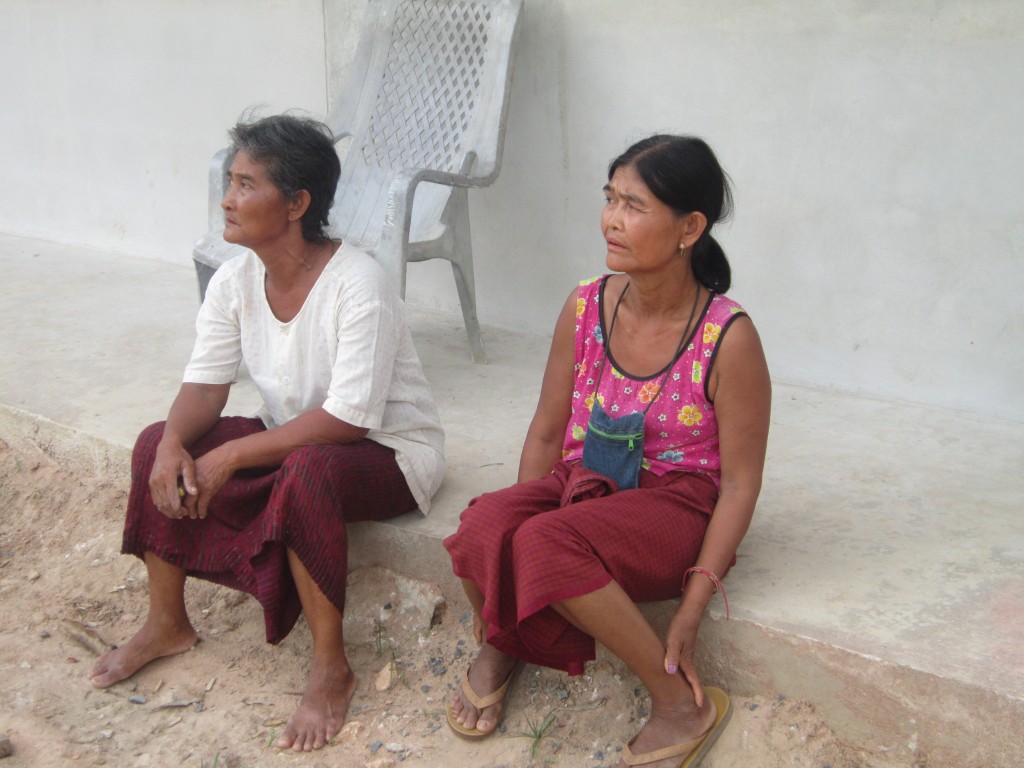
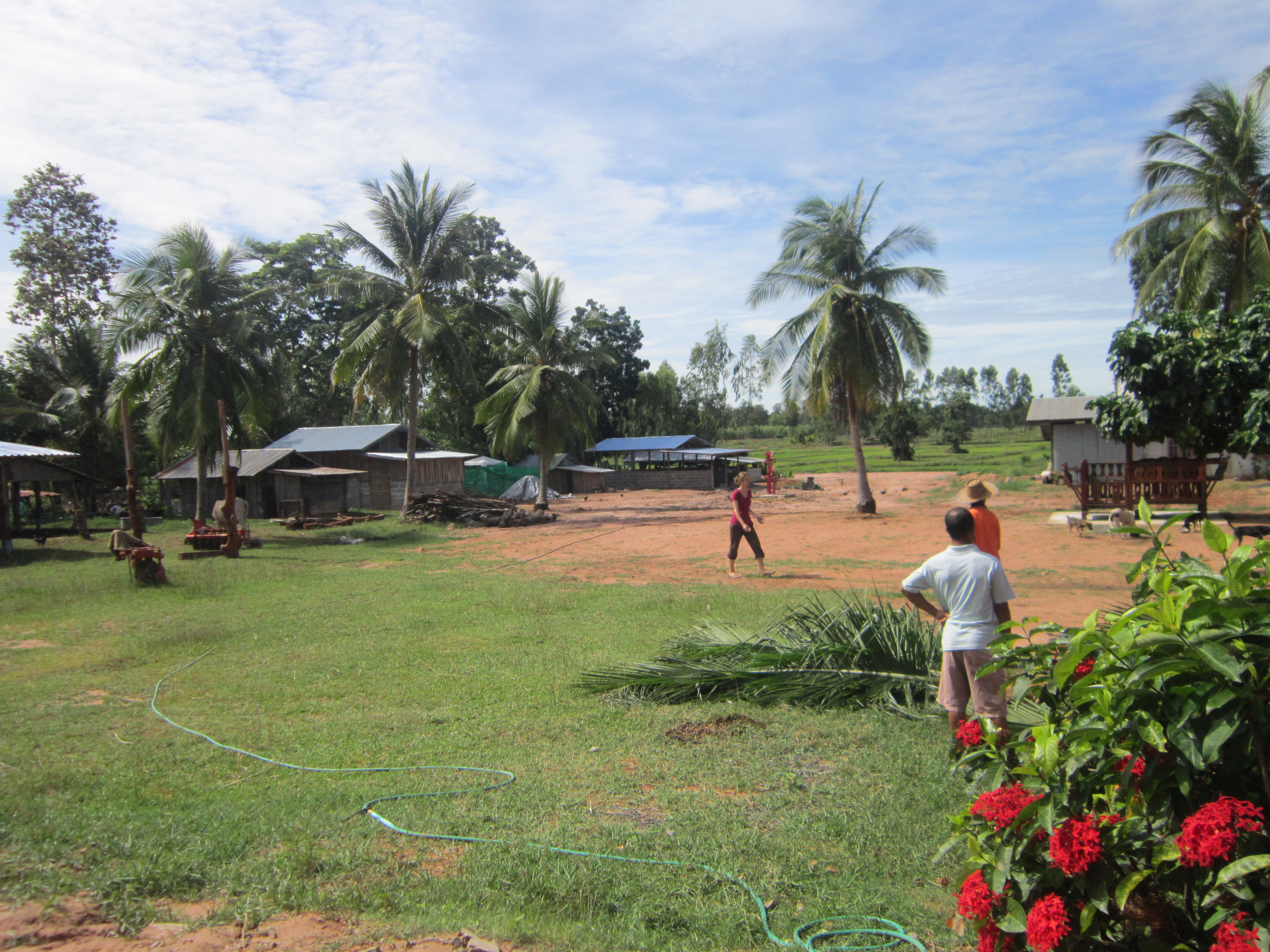

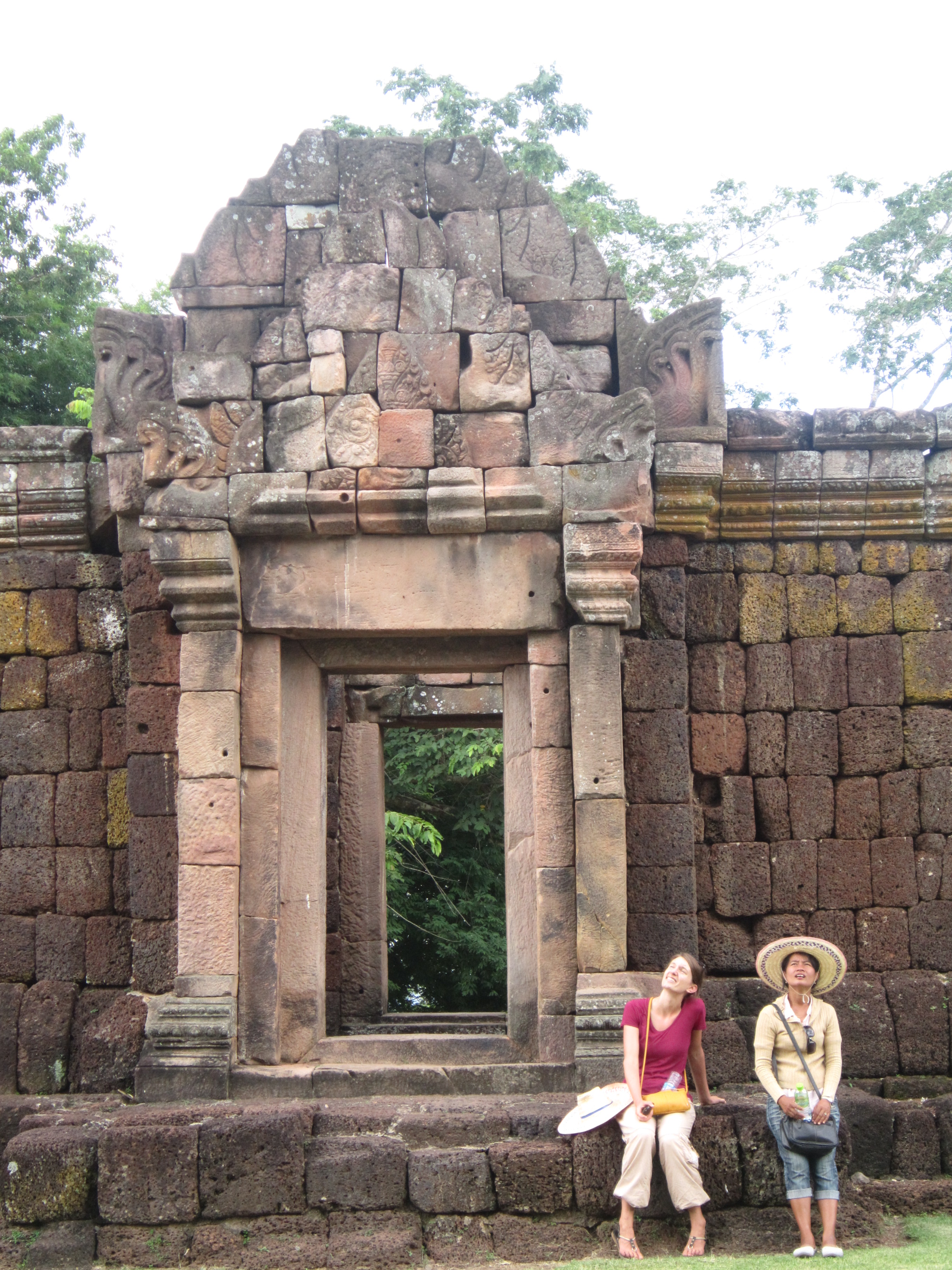
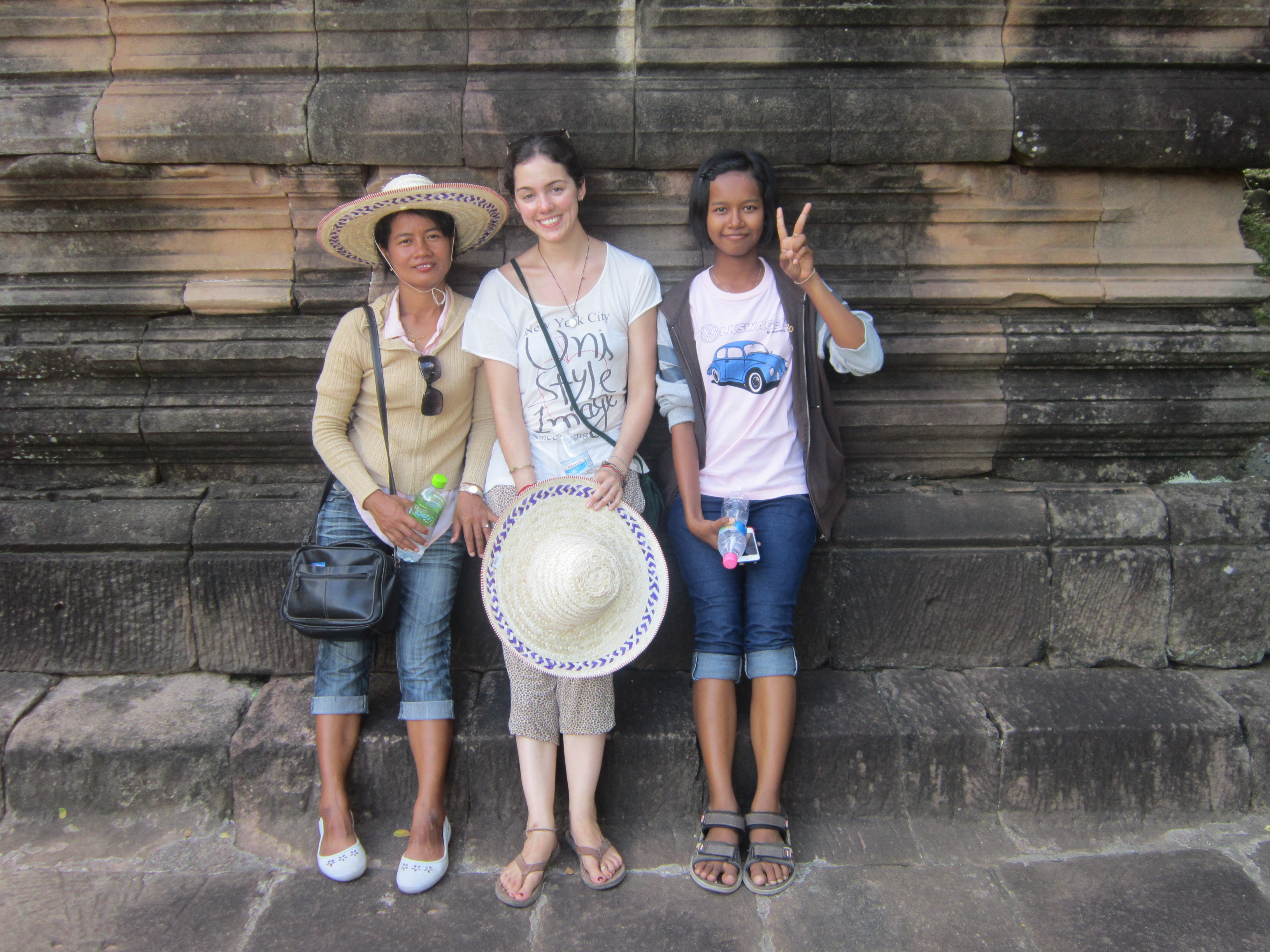


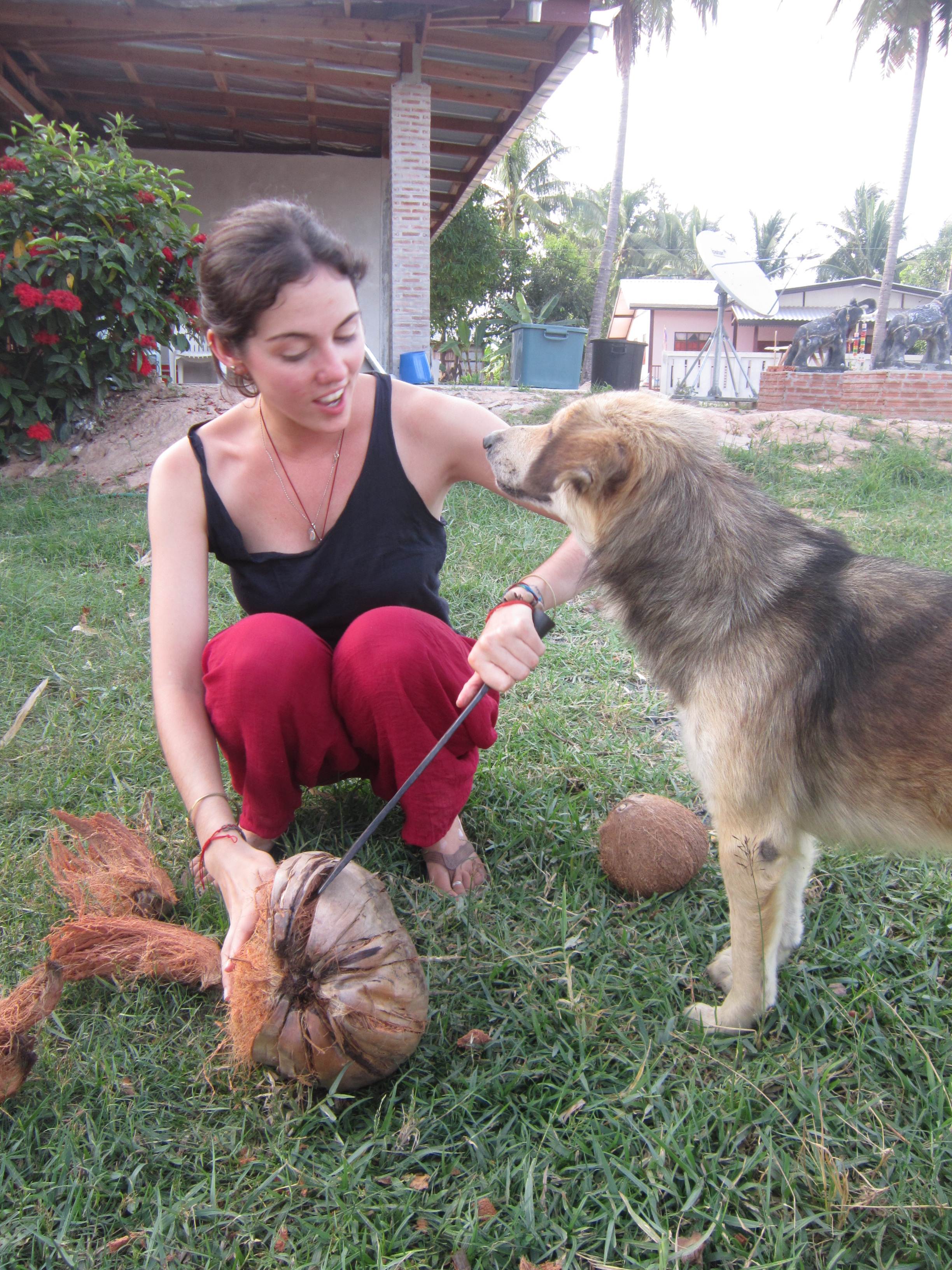
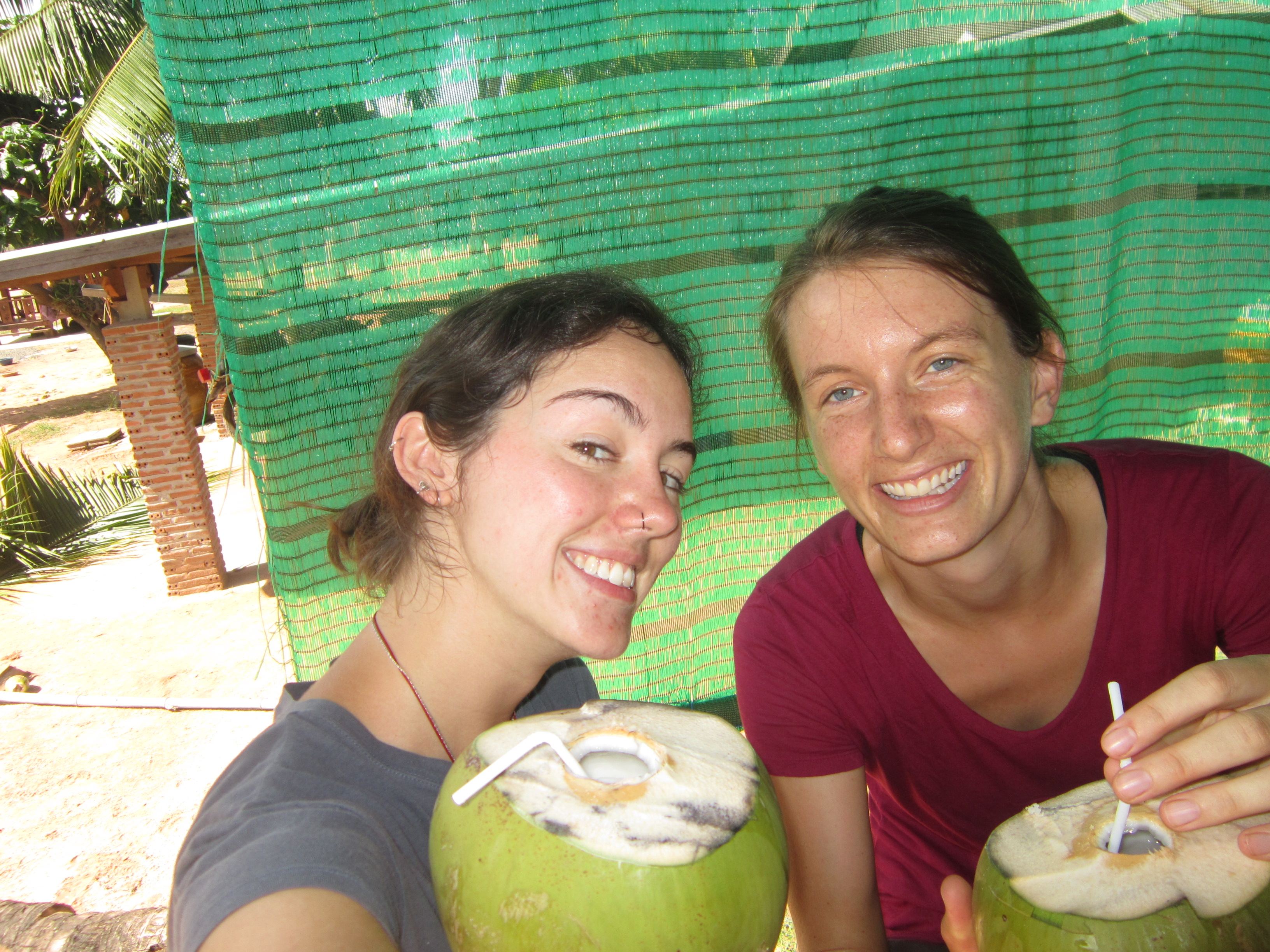
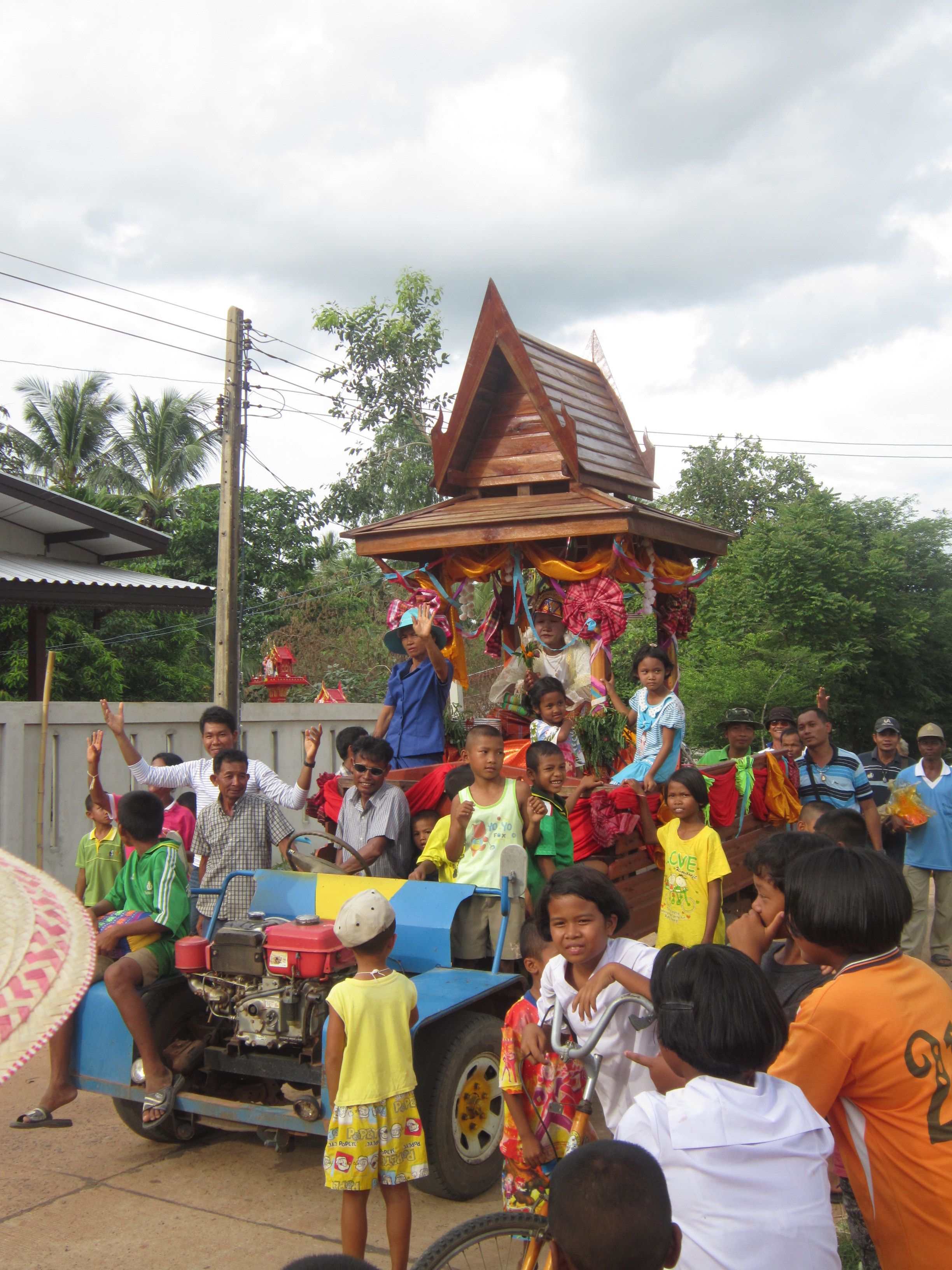
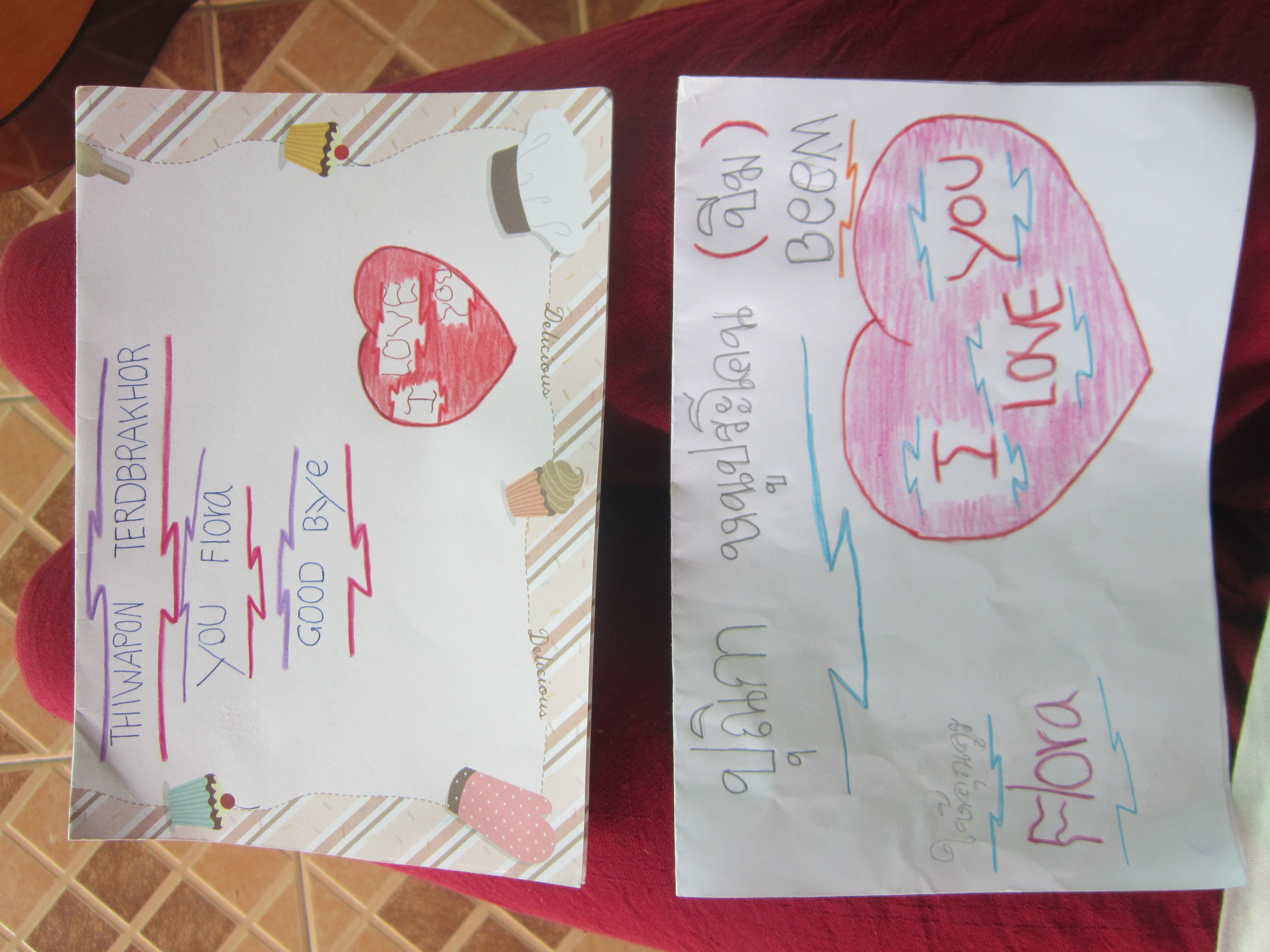
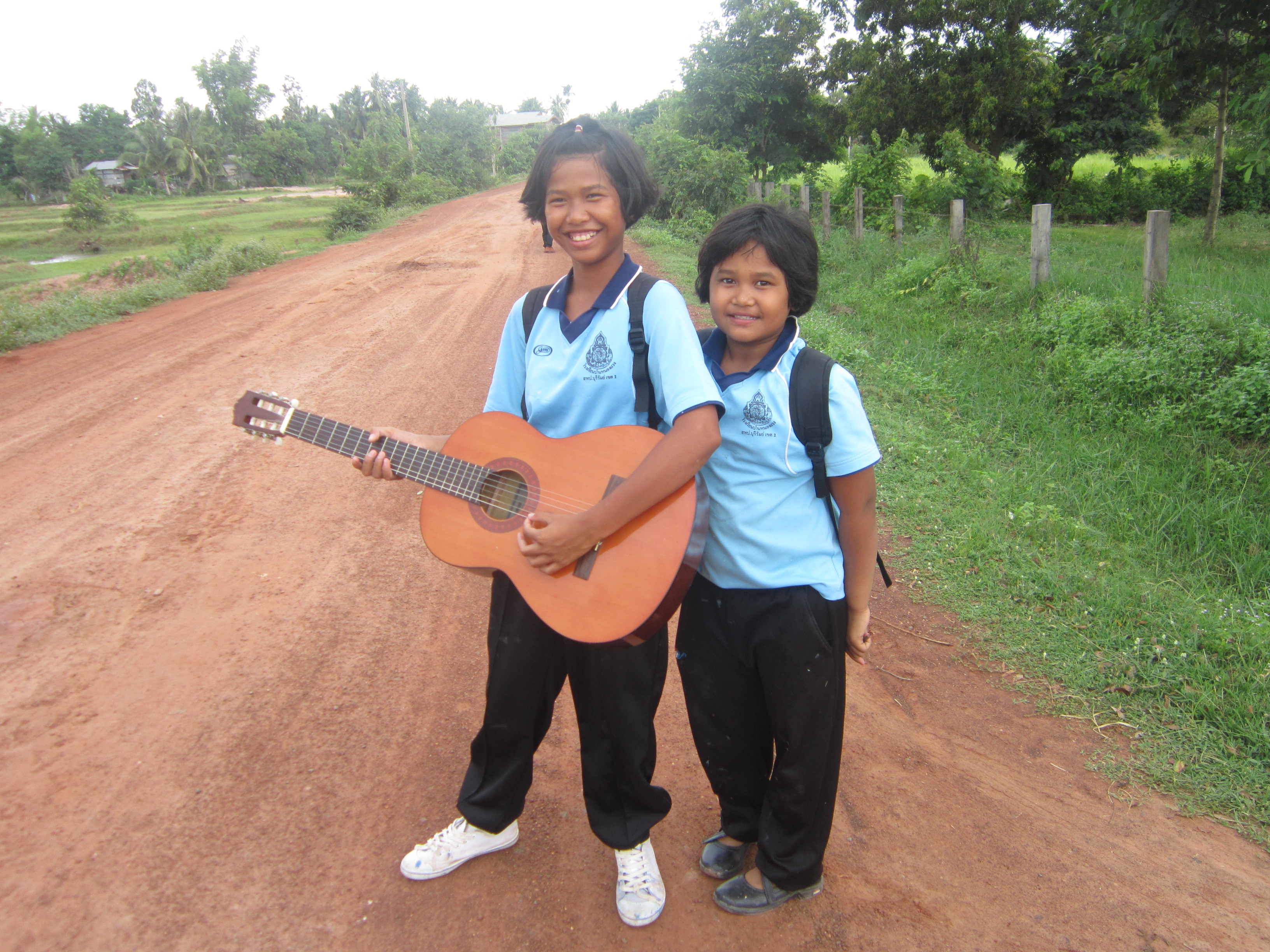
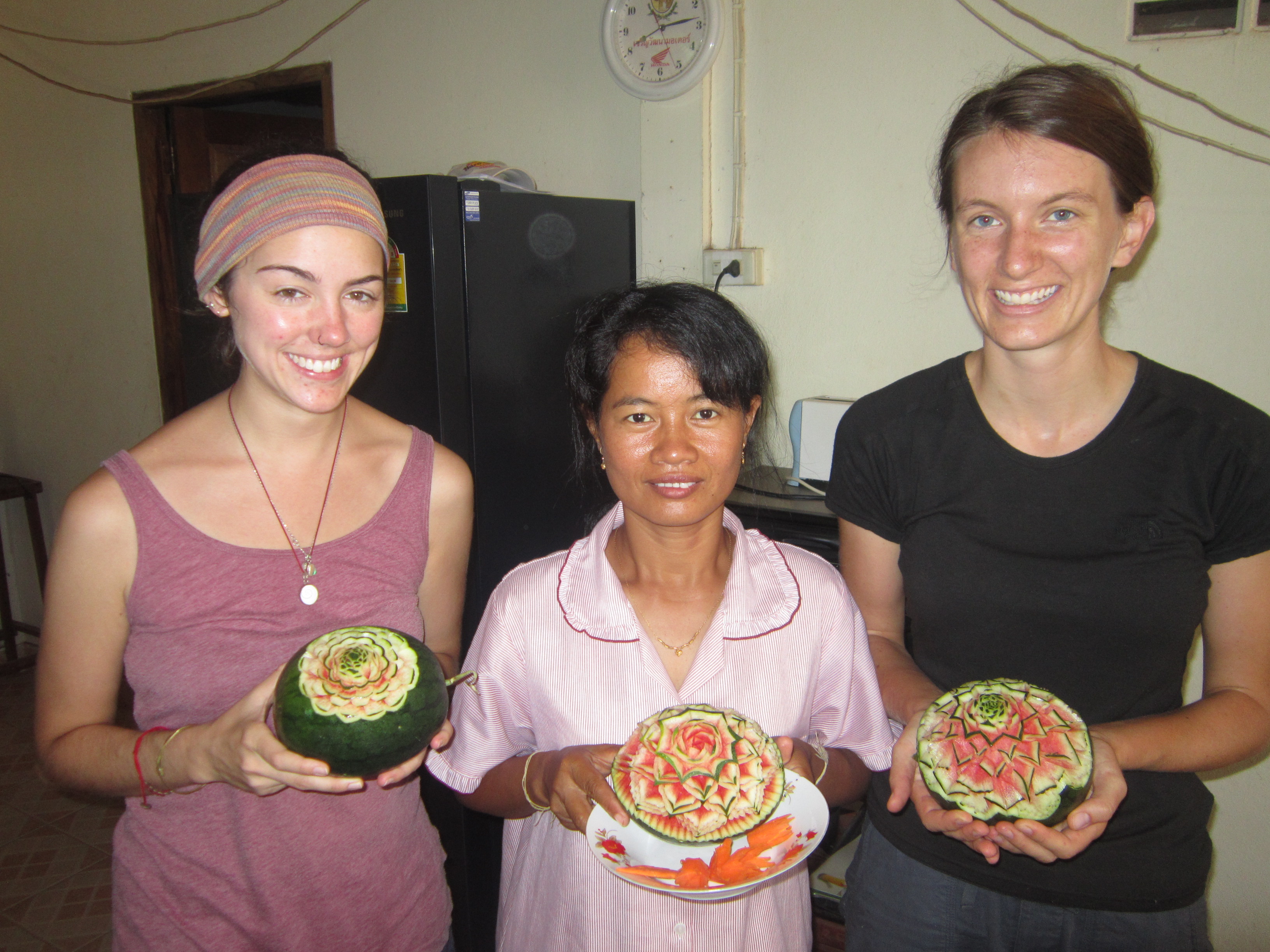
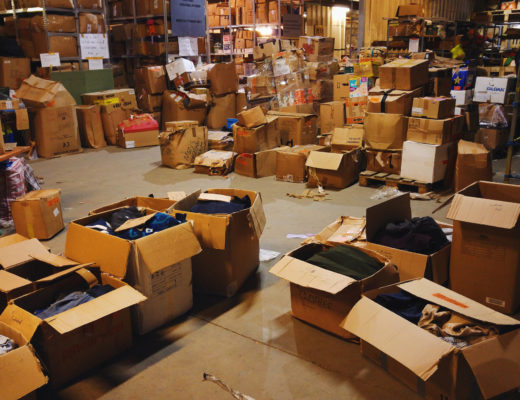
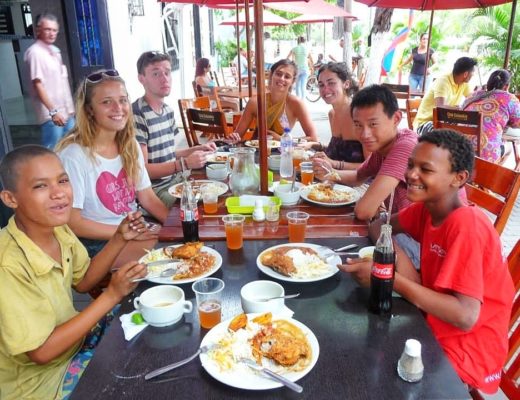
10 Comments
Ceri
August 2, 2012 at 6:35 pmIt makes me so sad when I remember you’re leaving these adventures because you really do tell such amazing stories.
florabaker
August 8, 2012 at 10:57 amAww you’re so sweet, Ceri! But never fear, I have a whole list of previous adventures up my sleeve that need to be written about.. I’m actually really excited to get started! Hopefully their retellings will be as faithful as these ones have been 🙂
Jessica Hill
October 25, 2012 at 10:18 amI love this! It’s amazing you were able to see and do so many amazing things during your stay. Rural Thailand will always hold a piece of my heart and I love it when someone else knows exactly what I’m talking about. Glad I found your blog – I can’t wait to catch up!
Flora
November 11, 2012 at 4:41 pmI’m glad you can empathise, Jessica 🙂 I did enjoy the Thai cities but felt a bit overwhelmed with Westerners, particularly after being in India for so long. And I’m pretty certain that I’ll be heading back to the countryside to volunteer again!
Travelling in 2012: A Photographic Roundup
January 10, 2013 at 4:39 pm[…] of the country and explored some , but the time I spent volunteering at a permaculture farm and teaching the village children English for a few weeks was definitely the highlight of my Thailand […]
Community, Compromise and Hard Work: Back to Basics in the Brazilian Jungle
September 20, 2013 at 2:16 am[…] volunteers. Together, they were camping in tents, constructing huts and eco-toilets, and living off the land in […]
Am I Incapable of Learning Spanish?
October 7, 2013 at 12:51 am[…] was the same in Thailand; the time I spent working on a farm gave me plenty of opportunities to practice simple phrases with my host family’s grandparents, and […]
Lessons Learned from 200 Hours of Teaching English Abroad
October 11, 2013 at 2:16 am[…] I’d had was a month of English conversation classes in Kathmandu and a few days at a Thai village school. I hadn’t gained much teaching experience in either of these places – and yet both had […]
Volunteering with Children Abroad: the Issues You Should Know
October 11, 2013 at 2:16 am[…] life. And there are moments when I really believe that’s happening; like giving a class full of Thai children their phonetically-spelled English names; like making a Nepali eight year old understand that […]
Sexism and Machismo: the Attitude to Women in Latin America
July 11, 2015 at 10:51 am[…] borne from an innate trust in our gender. We are invited into Indian wedding ceremonies and Thai family kitchens, and given privileges that a male stranger could rarely hope to […]